By AZH member Andrew Lyell, Senior Gardener, Los Angeles Zoo
The path of Cupid's arrow is straight and true: the target is a lover's heart. But some of us need a little extra assistance, which can be found abundantly in the garden. The gift flowers to your beloved is ancient and very effective. But there are other ways of expressing love with plants. In addition to the classic bouquet of roses, champagne, perfumes, and chocolate are common gifts to lovers. All are plant based...
The common names of some of the plants we grow are full of romance. Love-in-a-Mist, Nigella damascena, is one of my all-time favorites. It is a small annual grown for its light-blue or white flowers and also for the dried seed pods that follow the blooms. Their complex shape is fascinating and both are beautiful.
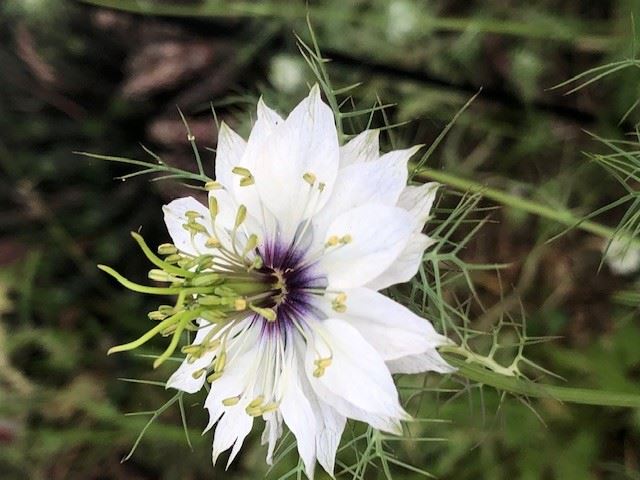
Nigella damascena, Love-in-a-Mist
Bleeding Heart, Lamprocapnis spectabilis, is a rhizomatous perennial that produces inflorescences that look like strings of small hearts held aloft and dangling in the breeze. Love-Lies-Bleeding, Amaranthus caudatus, is another wonderfully named plant that will easily establish itself in many gardens, but can become weedy if not kept in check. The genus name comes from the Greek word for “unfading”: amarantos. The long red, tassel-like flower sprays add splashes of color followed by seeds that are edible.
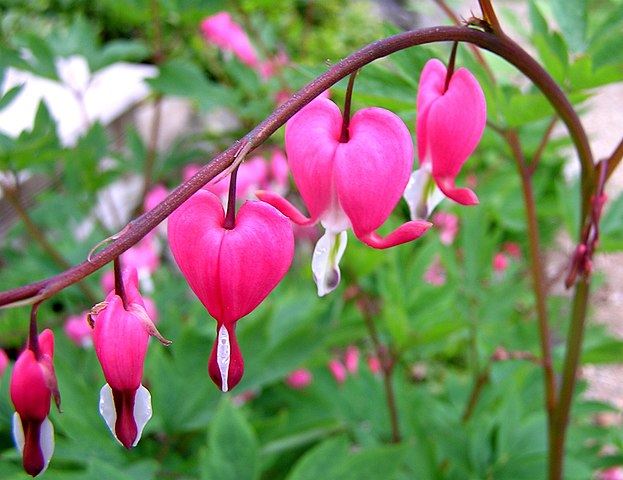
Lamprocapnis spectabilis, Bleeding Heart
Forget-Me-Not, Myosotis, is a small plant commonly used as a groundcover with clusters of pretty blue flowers. As the name implies, its traditional meaning is remembrance. There are dozens of Myosotis species, several of which are native to the Americas. The sassy Red Hot Poker (Kniphofia) is a medium sized plant native to Africa that is grown for its tall flower spikes of red, orange, and yellow. It’s also known as Torch Lily, in case you are still carrying a torch for someone.
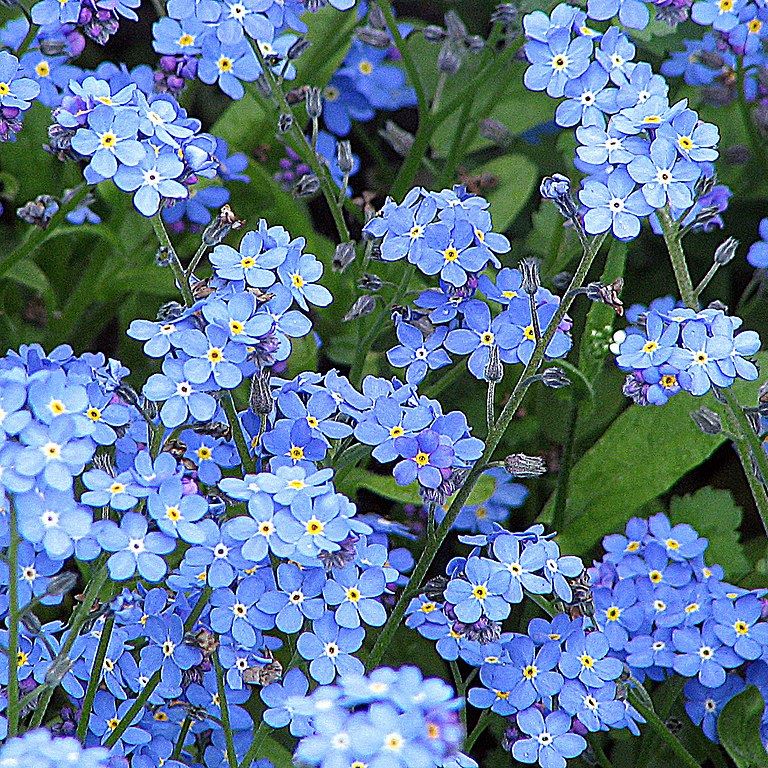
Myosotis, Forget-Me-Not,
One of the many common names for yarrow (Achillea) is "devil's plaything" because it was used for fortunetelling and spell casting. In the past, people also believed that placing yarrow under their pillows would make them dream of matters of love.
Many plants have heart-shaped leaves that also serve nicely as symbols of love. Cyclamen is sometimes used as an annual bedding plant. Its heart-shaped leaves enhance beautiful blooms of red or pink, common colors for Valentine’s Day. Redbud trees (Cercis) also produce heart-shaped leaves, which on some cultivars such as ‘Forest Pansy’ are dark purple, adding eye-catching color to the landscape. In early spring when the tree is still leafless the whole tree explodes with light purple flowers. It is a stunning sight to see several of them flowering en masse.

There are several Sweetheart Plants. Heart-Leaf Philodendron is is an easy to grow houseplant, and maybe the best example of a heart shaped leaf is Hoya kerrii. The cute little hearts are planted in small pots and sold at supermarket florists as Valentine's Day gifts. (Though the leaves alone will root, they won’t develop into vines unless a stem node is included. These singles are “blind leaves.”) And for steadfast streamers of Valentines, Ceropegia woodii, string of hearts, is another sweet selection.
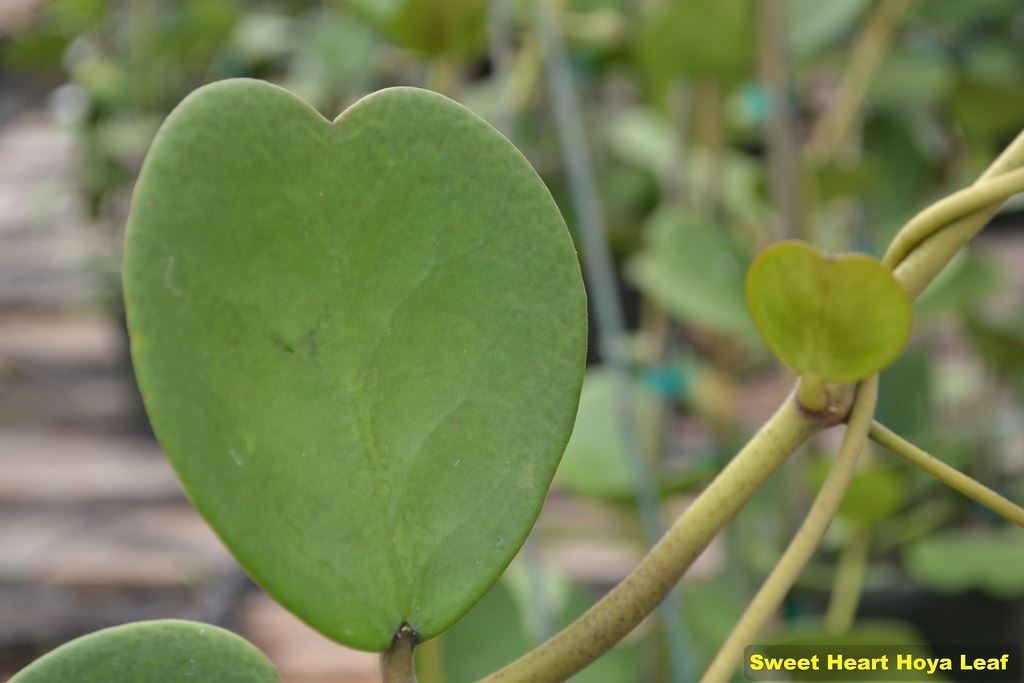
Many of us like to celebrate our Day of Love by enjoying a meal at a nice restaurant with a bottle of champagne or good wine. Or maybe a cocktail or two. These drinks wouldn't exist if it wasn't for plants. Grapes, Agaves, hops, cereal grains such as barley, wheat, and rice, plus many types of fruit including elderberries, apples, peaches, and cherries have all been used for hundreds of years to produce intoxicating beverages, which have long been used as aphrodisiacs. Nutmeg, saffron, and ginseng, among many other plant products have shown to be effective in improving the amorous reactions for some people.
Fragrant plants can also evoke feelings of affection and more. The seductive scent of lavender (Lavandula) can induce a sense of ultra-relaxation. It is also used in sachets to perfume clothing drawers and garments worn close to the skin. Romans considered basil (Ocimum) the herb of love. Its aromatic leaves are used in many cultures and during food preparation, when sweet smells can fill the kitchen and adjacent rooms—perhaps even the bedroom. ;-)
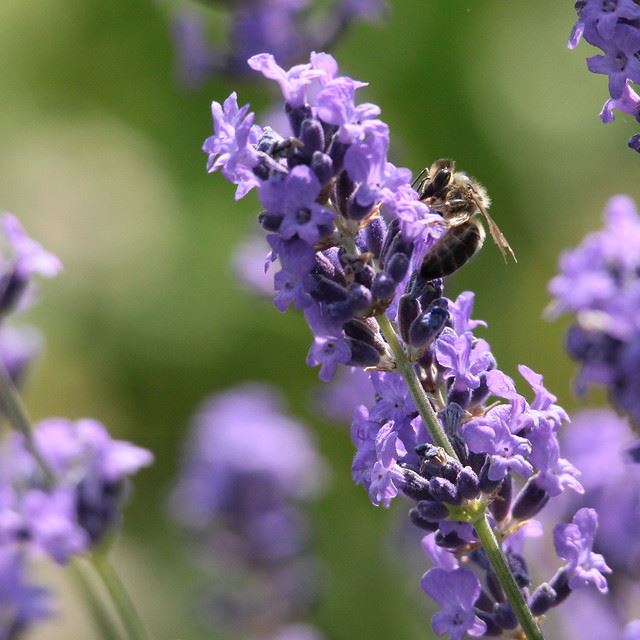
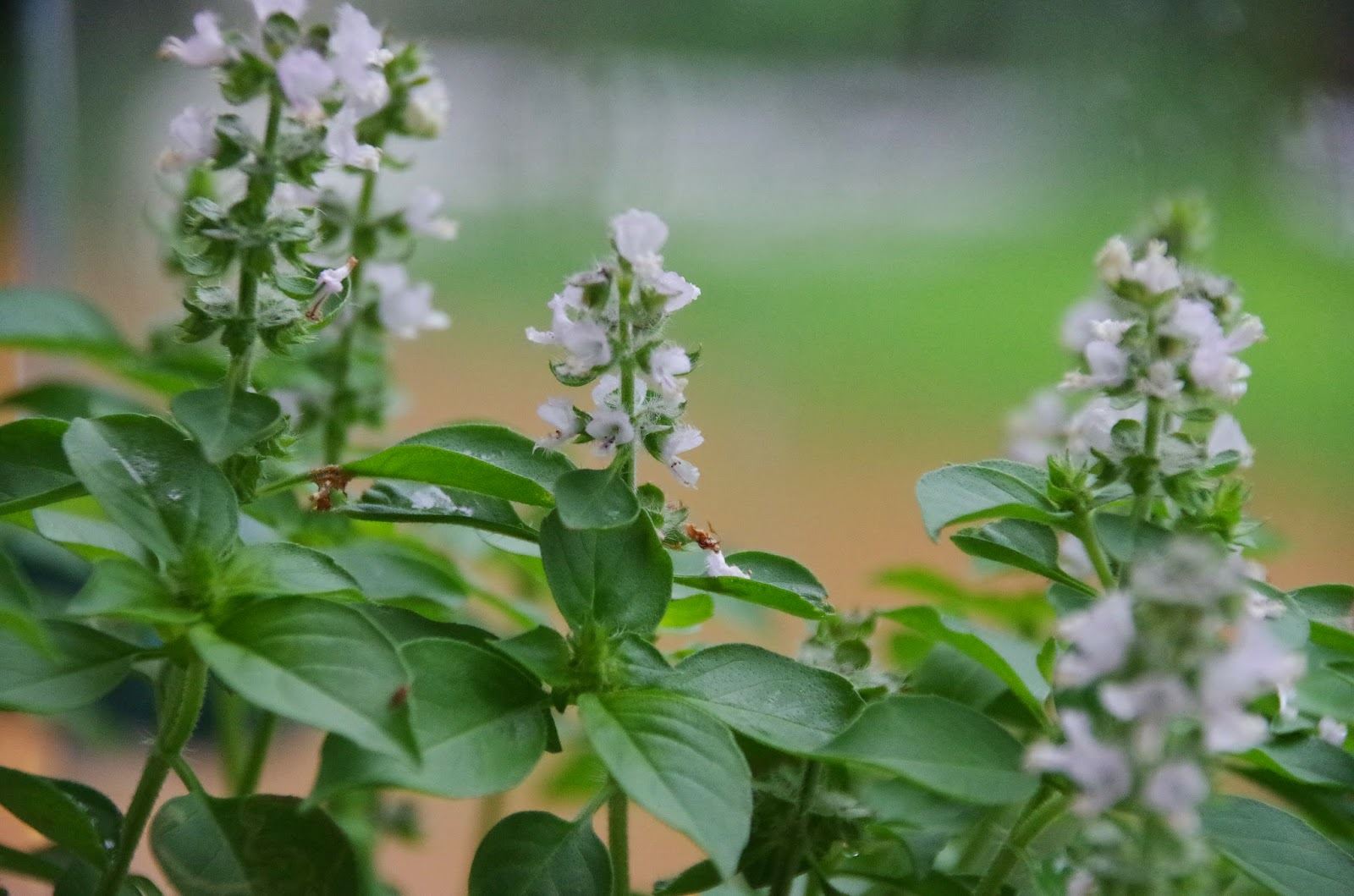
A powerful way to show you love someone is to cook a favorite dish using herbs and vegetables from your garden. The sacred act of nourishing our bodies with food we have grown and raised ourselves from our gardens is always a joy.
Harvest some love from the plants you grow in your garden. Then share your love. Show your love for AZH by reaching out to fellow members to say hello and to rekindle acquaintances.
Photo credit: Andrew Lyell, Sandy Masuo